How to Ensure Safety at Children’s Playground
When it comes to ensuring the safety of children at playgrounds, it’s not just about having fun; it’s about creating a secure environment where children can play freely and joyfully. Playgrounds are often the heart of community life, a place where laughter echoes and friendships blossom. However, beneath the surface of this joyful setting lies the critical responsibility of ensuring that every piece of equipment, every surface, and every interaction is safe. So, how do we create a playground that is not only entertaining but also safe for our little ones? Let's dive into some essential safety measures, equipment standards, and supervision practices that can make all the difference.
Familiarizing yourself with national and local safety standards is crucial for ensuring playground equipment is safe and age-appropriate. These standards are designed to reduce the risk of accidents and injuries, providing a guideline for what constitutes a safe play environment. For instance, the Consumer Product Safety Commission (CPSC) offers guidelines that cover everything from equipment spacing to safety barriers. Knowing these standards can help you identify whether a playground is up to code. Moreover, local regulations may have additional requirements, so it’s essential to check both levels to ensure comprehensive safety.
Selecting equipment made from high-quality materials and designed for durability can significantly enhance safety. Think of playground equipment as the building blocks of a child’s play experience. When choosing these blocks, it’s important to consider the age group of the children who will be using them. For toddlers, equipment should be lower to the ground and have softer edges, while older children might enjoy more challenging structures. Always look for equipment that has been tested for safety and meets the required standards. Remember, the right equipment can make all the difference in preventing injuries.
Implementing soft landing surfaces, such as rubber mats or sand, can help cushion falls and prevent serious injuries, making them a vital aspect of playground safety. Imagine a child running joyfully and suddenly tripping; the type of surface they land on can mean the difference between a minor scrape and a major injury. Soft landing surfaces absorb impact and provide a safer environment for spontaneous tumbles. It's not just about the equipment; it's also about the ground beneath their feet!
Different types of landing surfaces offer varied levels of safety and maintenance. Here’s a quick overview of some common options:
| Surface Type | Safety Level | Maintenance |
|---|---|---|
| Rubber Mats | High | Low |
| Wood Chips | Medium | Medium |
| Sand | Medium | High |
| Grass | Low | High |
Choosing the right one depends on factors like budget, location, and intended use. It's essential to weigh these factors carefully to ensure that children can play safely.
Regular inspection and maintenance of landing surfaces are necessary to ensure they remain effective over time. Imagine a playground where the soft surface has degraded, leaving hard patches exposed. This scenario can lead to increased risks of injury. By conducting regular checks and performing necessary maintenance, you can keep the playground safe and enjoyable. It’s not just about installing the right materials; it’s about keeping them in top-notch condition!
Active adult supervision is crucial in playground safety. Parents and caregivers play a vital role in monitoring children's activities, intervening in potential conflicts, and ensuring that safety rules are followed. It's like being a lifeguard at a pool; you’re there to keep an eye out and ensure everyone is safe while having fun. Encourage adults to engage with the children, not just sit on the sidelines. Their presence can deter risky behavior and create a safer atmosphere for everyone.
Conducting regular safety inspections of playground equipment helps identify potential hazards and maintenance needs, ensuring a safe play environment for children. These inspections should be thorough and systematic, checking everything from the structural integrity of slides to the condition of swings. A good practice is to create a schedule for these inspections, ensuring they happen consistently. Remember, a safe playground is a happy playground!
Developing a safety checklist can streamline the inspection process, ensuring all critical aspects of equipment and surrounding areas are regularly evaluated for safety. A checklist can include items like:
- Condition of equipment
- Soft landing surfaces
- Presence of adult supervision
- General cleanliness and maintenance
This simple tool can make a significant difference in maintaining a safe playground environment.
Encouraging the reporting of safety issues by parents and caregivers fosters a community approach to playground safety. When everyone feels empowered to speak up about potential hazards, it creates a proactive culture of safety. Make sure there are clear channels for reporting issues, whether it’s a designated person to contact or a visible suggestion box at the playground. Addressing concerns promptly and effectively can prevent accidents and promote a sense of community responsibility.
Q: What are the most common playground injuries?
A: The most common playground injuries include fractures, sprains, and cuts, often resulting from falls or collisions with equipment.
Q: How often should playground equipment be inspected?
A: Playground equipment should be inspected at least once a month, with more frequent checks during heavy usage periods.
Q: What should I do if I notice a safety issue?
A: Report the issue immediately to the playground management or local authorities, and avoid letting children play on the equipment until it is resolved.

Understanding Playground Safety Standards
When it comes to ensuring the safety of our little ones at playgrounds, understanding playground safety standards is absolutely essential. These standards are not just a bunch of rules; they are guidelines designed to create a safe and enjoyable environment for children to explore and play. Familiarizing yourself with both national and local safety regulations can significantly reduce the risk of accidents and injuries, which is something every parent and caregiver should prioritize.
In the United States, organizations like the Consumer Product Safety Commission (CPSC) and the American Society for Testing and Materials (ASTM) have established comprehensive guidelines for playground safety. These guidelines cover everything from the design and installation of equipment to the materials used and the maintenance practices required. By adhering to these standards, you can ensure that the playground equipment is not only safe but also age-appropriate for the children who will be using it.
Furthermore, local regulations may also apply, so it’s crucial to check with your community’s parks and recreation department. They often have specific requirements that align with or enhance national standards. Understanding these regulations can help you make informed decisions when selecting or maintaining playground equipment.
Here are some key points to keep in mind regarding playground safety standards:
- Age Appropriateness: Equipment should be suitable for the age group it serves. For instance, structures designed for toddlers should be significantly different from those meant for older children.
- Materials Used: Ensure that the materials are non-toxic and free from sharp edges or protrusions that could harm children.
- Installation Guidelines: Proper installation is critical. Equipment should be anchored securely to the ground to prevent tipping or movement during use.
- Maintenance Requirements: Regular checks and maintenance are essential to identify wear and tear that could pose risks.
In addition to these guidelines, it’s also important to educate children about safe play practices. Teaching them to be aware of their surroundings, take turns, and follow the rules can further enhance their safety while enjoying the playground. Remember, playground safety is a shared responsibility. By understanding and implementing these safety standards, we can create a secure environment where children can thrive, explore, and most importantly, have fun!
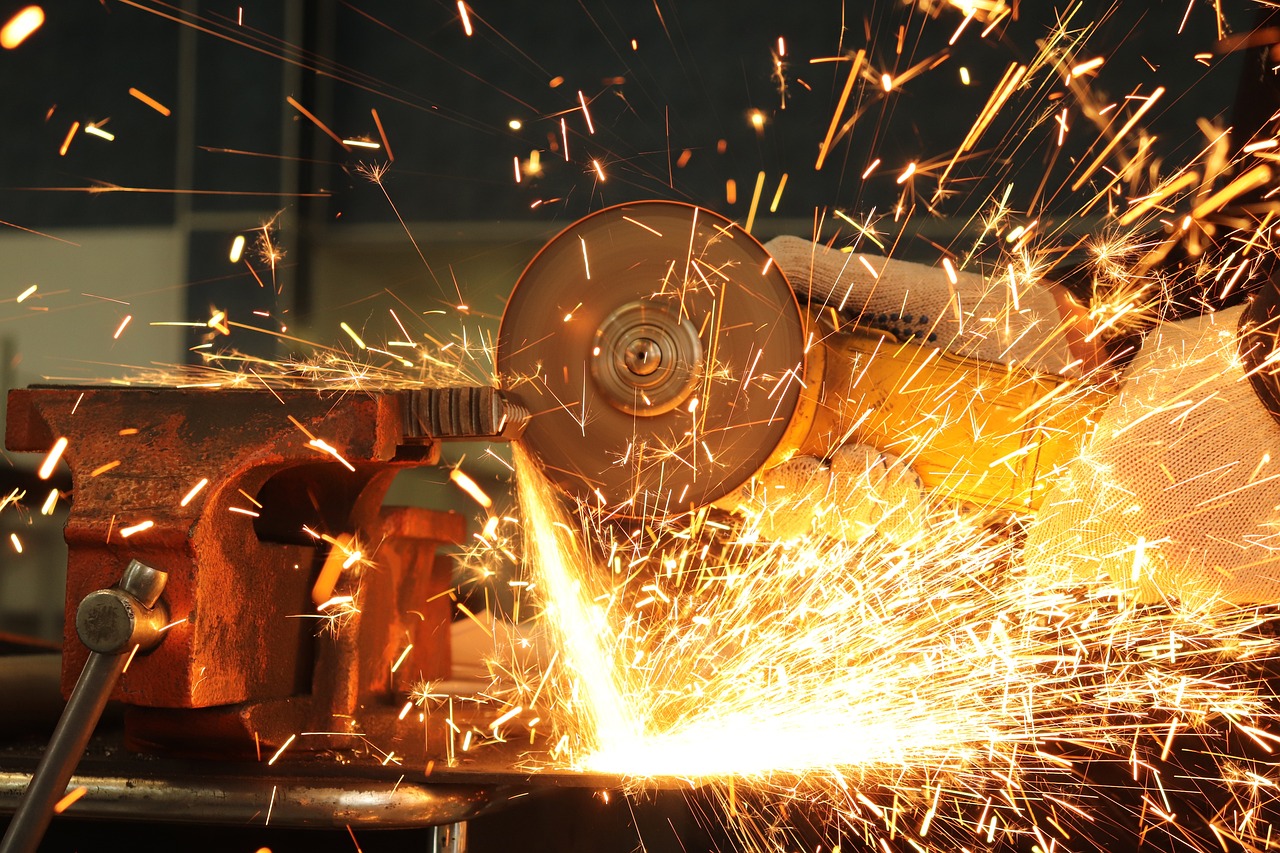
Choosing Safe Playground Equipment
When it comes to ensuring our children's safety at playgrounds, one of the most critical factors is the selection of appropriate playground equipment. Choosing safe playground equipment goes beyond just picking the shiniest slide or the tallest climbing frame; it requires a keen understanding of materials, design, and age appropriateness. Imagine you’re building a fortress for your kids; you wouldn’t use flimsy materials that could crumble at the first gust of wind, right? The same logic applies to playground equipment.
First and foremost, it's essential to consider the materials used in the construction of playground equipment. High-quality materials not only enhance durability but also ensure that the equipment can withstand the rough and tumble of active play. For instance, metal structures should be coated to prevent rust, while plastic components must be UV-resistant to avoid fading and brittleness over time. Always look for equipment that meets or exceeds local and national safety standards, such as those set by the Consumer Product Safety Commission (CPSC) in the United States. These standards are designed to minimize risks and ensure that the equipment can handle the playful antics of children.
Another vital aspect to consider is the design of the equipment. Equipment should be designed with safety features that cater to various age groups. For example, slides intended for younger children should have lower heights and gentle slopes, while those meant for older kids can be taller and steeper. When selecting equipment, pay attention to the manufacturer's age recommendations. This is not just a suggestion; it's a guideline to keep children safe while they explore their adventurous side.
Furthermore, the layout of the playground plays a significant role in safety. Equipment should be spaced adequately apart to prevent collisions among children, especially during busy play times. A good rule of thumb is to maintain a distance of at least 6 feet between different pieces of equipment. This spacing allows children to play freely without the risk of bumping into one another, which can lead to accidents.
In addition to these considerations, it’s wise to think about the types of equipment available. Here’s a quick overview of some common types:
- Climbing Structures: These should be sturdy and designed for the intended age group, with features like handholds and safety rails.
- Slides: Look for slides with smooth surfaces and rounded edges to prevent injuries.
- Swings: Ensure swings have safety belts for younger children and are made from durable materials.
- Seesaws: These should have springs or safety handles to minimize the risk of falls.
Lastly, always remember that playground equipment is not just about fun; it’s about creating a safe environment where children can explore, learn, and grow. Investing in quality equipment is a small price to pay for the peace of mind that comes with knowing your children are playing safely. So, whether you’re a parent, caregiver, or community leader, take the time to research and choose playground equipment that prioritizes child safety above all else.
Q: What should I look for in playground equipment?
A: Look for equipment made from high-quality materials, designed for specific age groups, and that meets safety standards.
Q: How can I ensure the playground is safe for my child?
A: Regularly inspect the playground equipment and surfaces, and supervise your child while they play.
Q: Are there specific safety standards for playgrounds?
A: Yes, organizations like the Consumer Product Safety Commission (CPSC) provide guidelines to ensure playground safety.
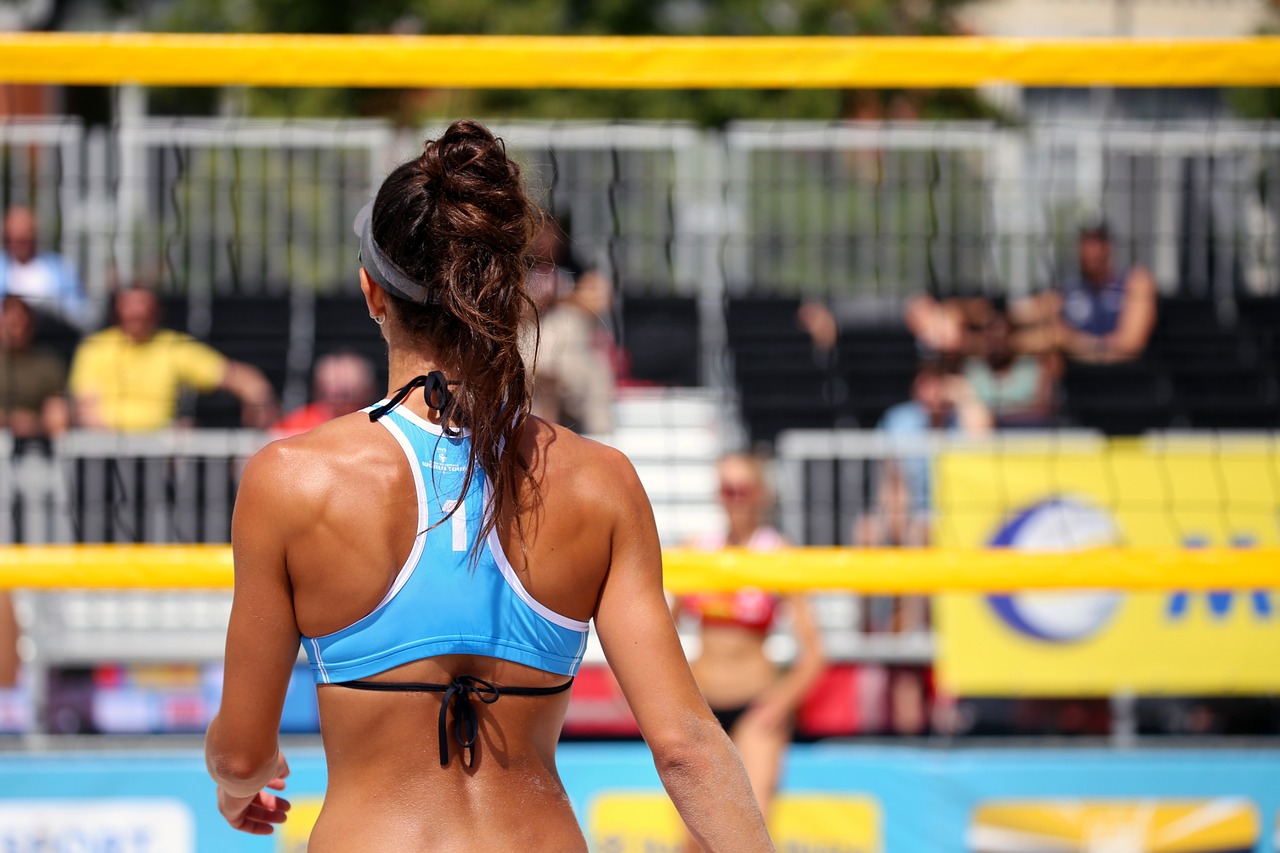
Importance of Soft Landing Surfaces
This article explores essential safety measures, equipment standards, and supervision practices to create a secure environment for children at playgrounds, ensuring their enjoyment and well-being.
Familiarizing yourself with national and local safety standards is crucial for ensuring playground equipment is safe and age-appropriate, reducing the risk of accidents and injuries.
Selecting equipment made from high-quality materials and designed for durability can significantly enhance safety. Understanding the types of equipment suitable for different age groups is also essential.
When it comes to playground safety, one of the most critical aspects often overlooked is the landing surface. Imagine a child joyfully climbing to the top of a slide, only to tumble down. Now, picture that same fall onto a hard concrete surface versus a soft, cushioned area. The difference is not just in the impact; it's in the potential for injury. Soft landing surfaces, such as rubber mats, mulch, or sand, play a vital role in minimizing the severity of injuries that can occur when children fall. They act like a safety net, absorbing the shock of a fall and significantly reducing the risk of fractures, bruises, or worse.
According to the Consumer Product Safety Commission, falls are the leading cause of playground injuries, accounting for nearly 75% of all playground-related incidents. This statistic underscores the necessity of investing in high-quality landing surfaces that can effectively cushion falls. But what types of soft landing surfaces should you consider? Here’s a quick breakdown:
| Type of Surface | Pros | Cons |
|---|---|---|
| Rubber Mats | Durable, easy to clean, provides excellent shock absorption | Higher initial cost |
| Wood Chips | Natural look, effective cushioning | Can compact over time, requiring regular maintenance |
| Sand | Soft, affordable, encourages imaginative play | Can be messy, requires regular replenishment |
| Artificial Turf | Consistent surface, low maintenance | Can retain heat, potential for burns in hot weather |
Each type of landing surface comes with its own set of advantages and disadvantages. It's essential to weigh these factors against your specific needs and budget when making a selection. Additionally, the location and intended use of the playground will also influence your choice. For instance, if the playground is in a high-traffic area, durability may take precedence over aesthetics.
Different types of landing surfaces offer varied levels of safety and maintenance. Choosing the right one depends on factors like budget, location, and intended use. For example, rubber mats are excellent for urban playgrounds where durability is essential, while sand might be more suited for a backyard setup where children can play freely.
Regular inspection and maintenance of landing surfaces are necessary to ensure they remain effective over time, preventing hazards that could lead to accidents. Just like any other part of the playground, these surfaces need attention. For instance, wood chips may need to be replenished periodically, while rubber mats should be checked for wear and tear. Establishing a maintenance schedule can help keep these surfaces in optimal condition, ensuring they continue to provide the necessary protection for our little adventurers.
Active adult supervision is crucial in playground safety. Adults can monitor children's activities, intervene in potential conflicts, and ensure that safety rules are followed.
Conducting regular safety inspections of playground equipment helps identify potential hazards and maintenance needs, ensuring a safe play environment for children.
Developing a safety checklist can streamline the inspection process, ensuring all critical aspects of equipment and surrounding areas are regularly evaluated for safety.
Encouraging the reporting of safety issues by parents and caregivers fosters a community approach to playground safety, helping to address concerns promptly and effectively.
- What are the best materials for playground landing surfaces? Rubber mats and wood chips are highly recommended due to their shock-absorbing properties.
- How often should playground surfaces be inspected? It's advisable to conduct inspections at least once a month or after severe weather conditions.
- Can parents help improve playground safety? Absolutely! Parents can report safety issues and advocate for regular maintenance and inspections.
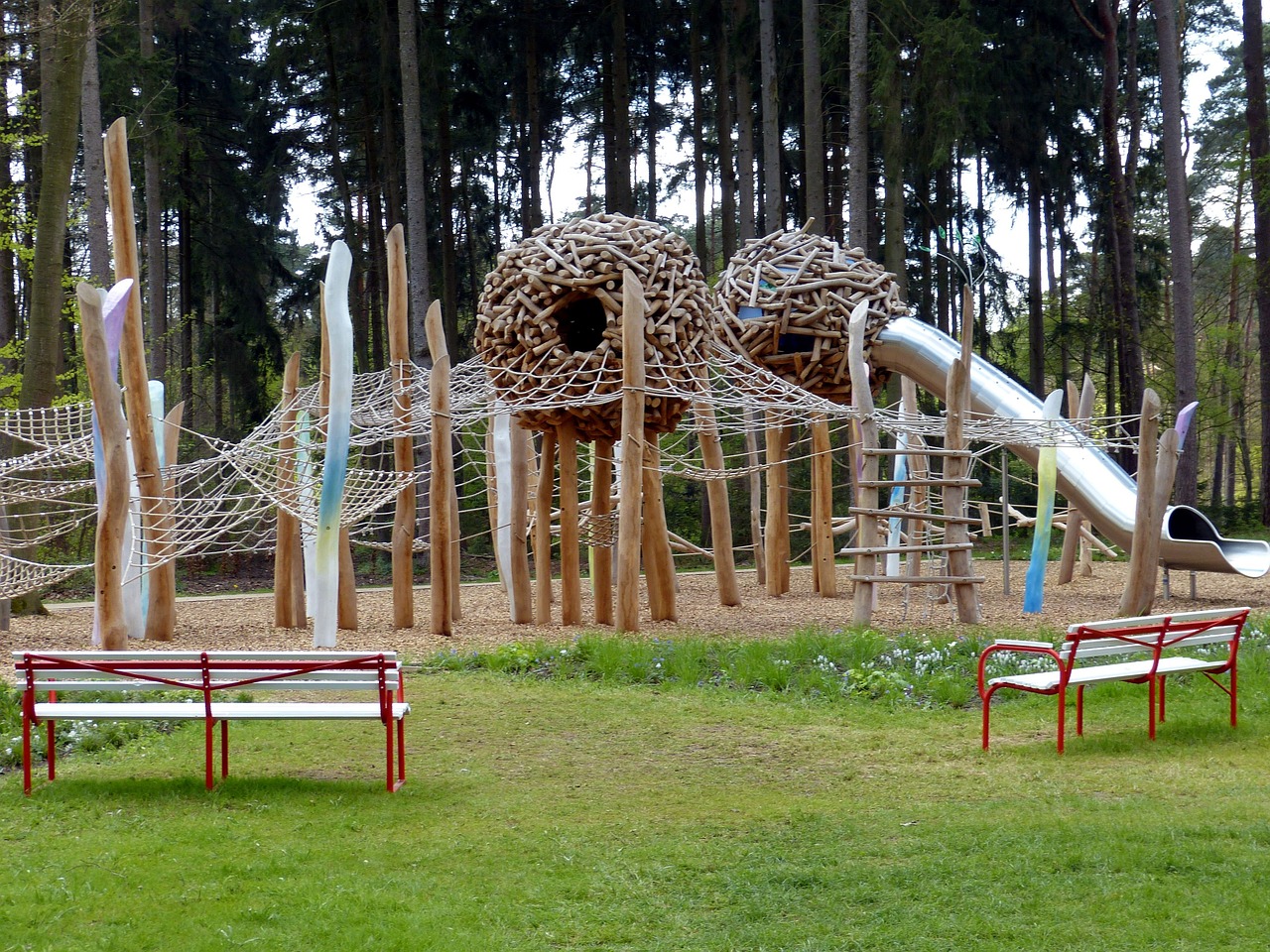
Types of Landing Surfaces
When it comes to playground safety, the choice of landing surfaces is a critical factor that can significantly affect the well-being of children at play. The right landing surface acts as a cushion, absorbing the impact of falls and reducing the risk of serious injuries. There are various types of landing surfaces available, each with its own set of advantages and disadvantages. Understanding these options can help you make an informed decision for your playground.
One popular choice is rubber mats, which provide excellent shock absorption and are relatively easy to maintain. They come in different thicknesses and can be installed in various configurations to fit the playground layout. Another option is engineered wood fiber, a natural material that offers good cushioning and is environmentally friendly. However, it may require frequent replenishment to maintain its effectiveness.
Additionally, sand is a classic landing surface that many playgrounds utilize. It allows for a soft landing but can be challenging to maintain, as it can shift and become uneven over time. Grass is another natural option, but while it may look appealing, it often lacks the necessary cushioning and can lead to muddy conditions after rain.
To help you visualize these options better, here’s a comparison table summarizing the key features of each landing surface:
| Landing Surface | Shock Absorption | Maintenance | Environmental Impact |
|---|---|---|---|
| Rubber Mats | Excellent | Low | Moderate |
| Engineered Wood Fiber | Good | Moderate | High |
| Sand | Good | High | Moderate |
| Grass | Poor | Moderate | High |
Ultimately, the choice of landing surface will depend on various factors, including budget, location, and the specific needs of the children who will be using the playground. It’s essential to weigh these considerations carefully to ensure a safe and enjoyable play environment. Remember, the right landing surface not only enhances safety but also contributes to the overall experience of play, allowing children to explore and enjoy their surroundings without the constant worry of injury.
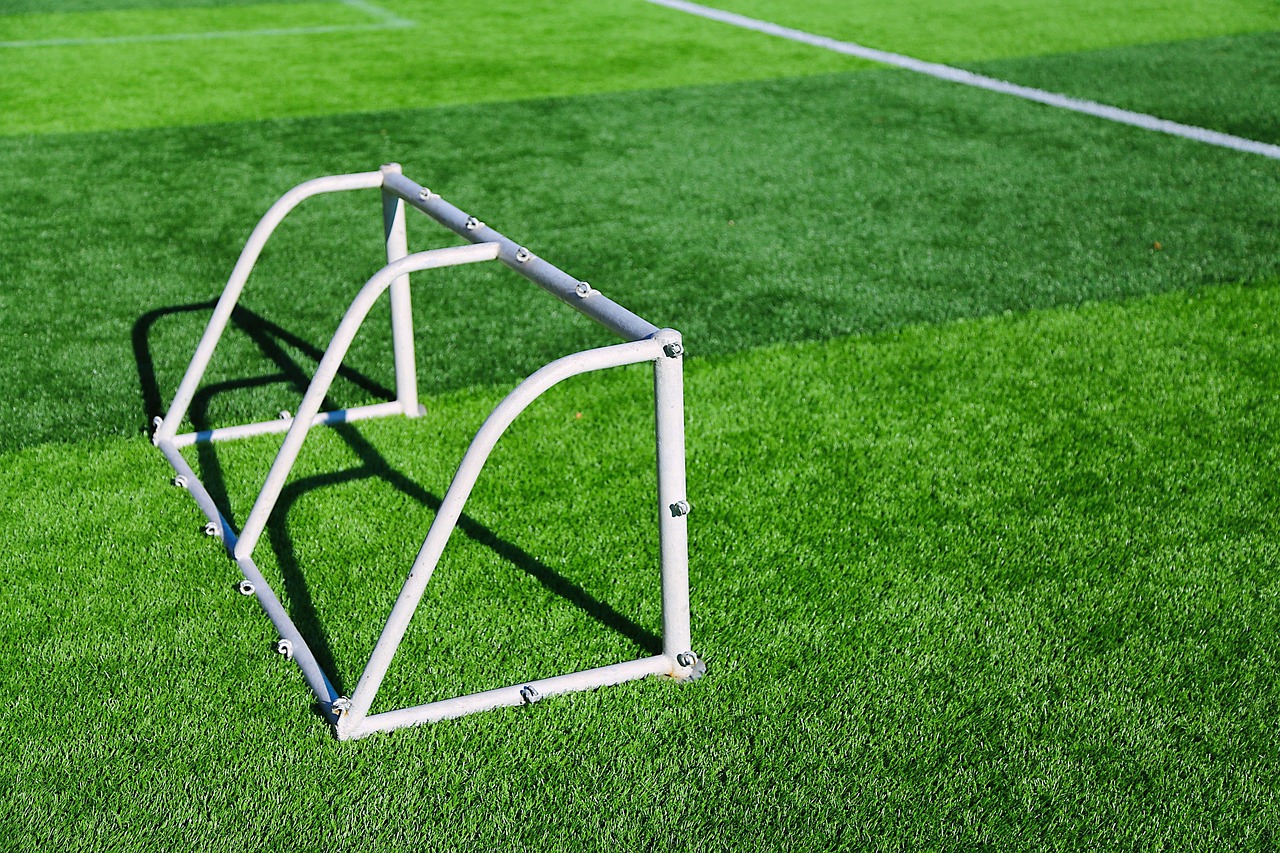
Maintenance of Landing Surfaces
This article explores essential safety measures, equipment standards, and supervision practices to create a secure environment for children at playgrounds, ensuring their enjoyment and well-being.
Familiarizing yourself with national and local safety standards is crucial for ensuring playground equipment is safe and age-appropriate, reducing the risk of accidents and injuries.
Selecting equipment made from high-quality materials and designed for durability can significantly enhance safety. Understanding the types of equipment suitable for different age groups is also essential.
Implementing soft landing surfaces, such as rubber mats or sand, can help cushion falls and prevent serious injuries, making them a vital aspect of playground safety.
Different types of landing surfaces offer varied levels of safety and maintenance. Choosing the right one depends on factors like budget, location, and intended use.
Regular maintenance of landing surfaces is not just a good practice; it's a necessity for ensuring the safety and well-being of children at play. Over time, surfaces can degrade due to weather, usage, and other environmental factors. For example, rubber mats can become worn and lose their cushioning effect, while sand can become compacted, reducing its ability to absorb impact. Therefore, it’s essential to conduct frequent inspections to assess the condition of these surfaces.
During inspections, look for signs of wear, such as:
- Cracks or tears in rubber mats
- Compacted or displaced sand
- Debris that may obstruct drainage
Once issues are identified, prompt action should be taken. For instance, if a rubber mat is damaged, it should be repaired or replaced immediately to maintain safety standards. Similarly, sand should be replenished or raked to ensure it remains loose and provides adequate cushioning. Establishing a maintenance schedule can help ensure these tasks are completed regularly, keeping the playground safe and enjoyable for everyone.
In addition to repairs, consider the following maintenance tips:
- Regularly check for drainage issues to prevent water accumulation, which can lead to surface erosion.
- Keep the area clean from trash or sharp objects that could pose risks.
- Ensure that any loose materials are properly contained to prevent them from spreading outside designated play areas.
Active adult supervision is crucial in playground safety. Adults can monitor children's activities, intervene in potential conflicts, and ensure that safety rules are followed.
Conducting regular safety inspections of playground equipment helps identify potential hazards and maintenance needs, ensuring a safe play environment for children.
Developing a safety checklist can streamline the inspection process, ensuring all critical aspects of equipment and surrounding areas are regularly evaluated for safety.
Encouraging the reporting of safety issues by parents and caregivers fosters a community approach to playground safety, helping to address concerns promptly and effectively.
Q: How often should playground surfaces be inspected?
A: It's recommended to inspect playground surfaces at least once a month, or more frequently if the playground sees heavy use.
Q: What should I do if I notice a safety issue?
A: Report any safety issues immediately to the playground management or local authorities to ensure prompt action is taken.
Q: Are there specific safety standards for playground equipment?
A: Yes, playground equipment should comply with national safety standards such as those established by the Consumer Product Safety Commission (CPSC) and the American Society for Testing and Materials (ASTM).
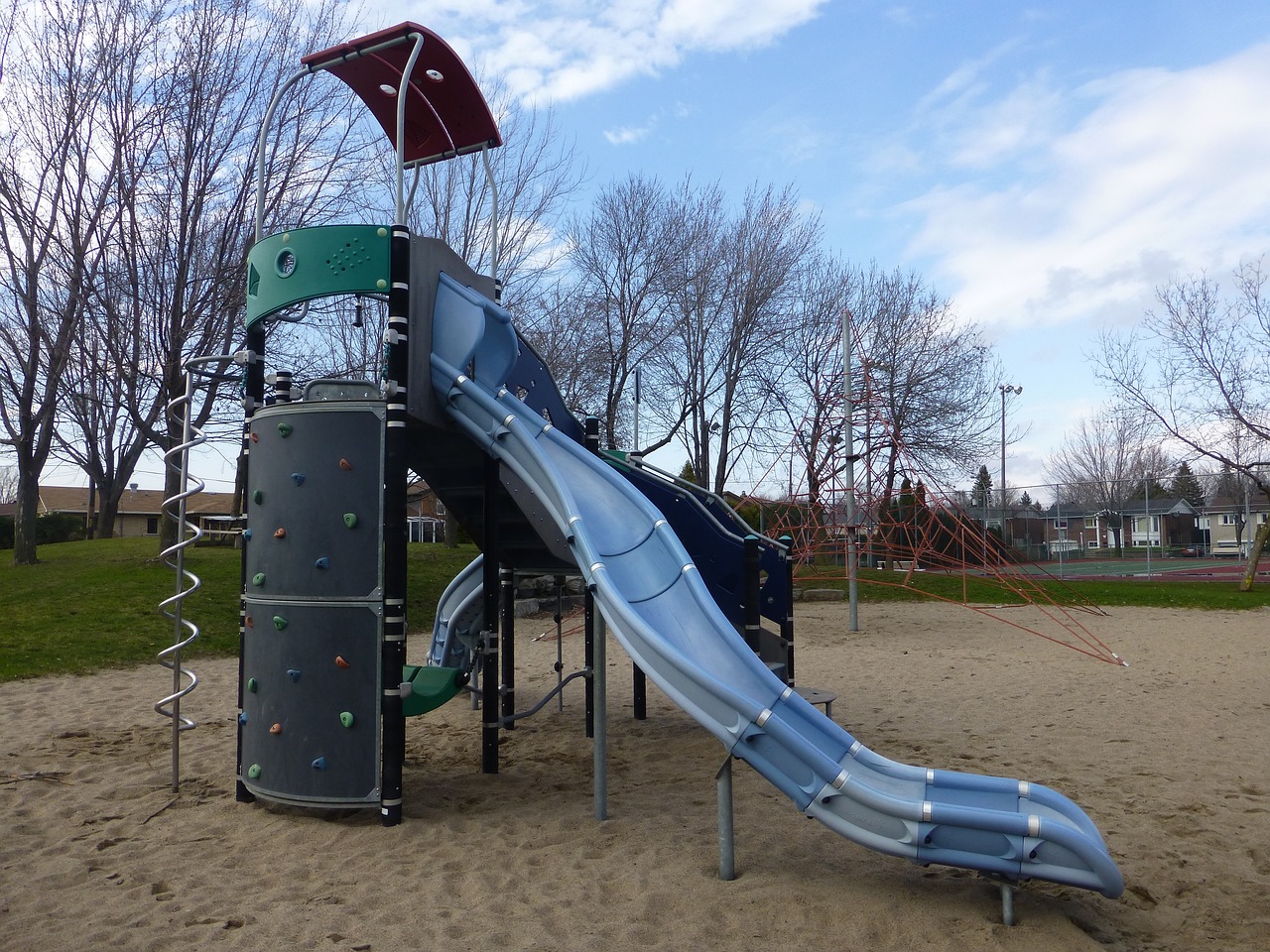
Supervision and Adult Presence
When it comes to playground safety, the presence of adults is not just a good idea—it's a critical necessity. Imagine a bustling playground filled with laughter, children climbing, swinging, and sliding. It's a beautiful sight, but without vigilant supervision, it can quickly turn into a scene of chaos. Active adult supervision is essential for a variety of reasons. First and foremost, adults can monitor children's activities, ensuring that they are playing safely and following the rules. This oversight can help prevent accidents before they happen, acting as a safety net for children who may not fully understand the risks involved in their play.
Moreover, adults play a vital role in intervening during potential conflicts. Children are naturally energetic and sometimes competitive, and disputes can arise over toys or equipment. An adult's presence can help mediate these situations, teaching children valuable lessons about sharing and cooperation while keeping the atmosphere peaceful. It's similar to being a referee in a game; without one, the players might get too caught up in the action, leading to misunderstandings and injuries.
In addition to monitoring play and mediating conflicts, adults can also ensure that safety rules are being followed. For instance, if a child is attempting to climb on top of a slide or engage in risky behavior, an adult can step in and redirect them to safer activities. This proactive approach not only protects the child but also sets a positive example for others. When children see adults engaged and enforcing safety rules, they are more likely to adhere to those rules themselves.
So, how can we effectively promote adult supervision in playgrounds? Here are a few strategies:
- Encourage Group Play: Organizing group activities can help ensure that there are enough adults present to supervise children effectively.
- Designated Supervision Areas: Create areas where adults can comfortably observe children, making it easier for them to keep an eye on multiple kids at once.
- Education and Awareness: Inform parents and caregivers about the importance of supervision and what they should watch for while their children play.
In conclusion, the role of adults in playground safety cannot be overstated. Their presence serves as a safeguard, ensuring that children can enjoy their playtime in a safe and secure environment. By actively supervising, mediating conflicts, and enforcing safety rules, adults can help create a playground atmosphere that is not only fun but also safe for everyone involved.
Q1: How many adults should supervise children at a playground?
A1: Ideally, there should be one adult for every 3-5 children, depending on their age and activity level. Younger children require closer supervision.
Q2: What should adults look for when supervising children at a playground?
A2: Adults should monitor for safe play behavior, check equipment for hazards, and watch for potential conflicts between children.
Q3: Are there specific safety rules adults should enforce?
A3: Yes, adults should enforce rules such as waiting for turns, using equipment as intended, and not pushing or shoving on play structures.
Q4: How can adults educate children about playground safety?
A4: Adults can talk to children about safe play practices, demonstrate proper use of equipment, and encourage them to report unsafe behavior.
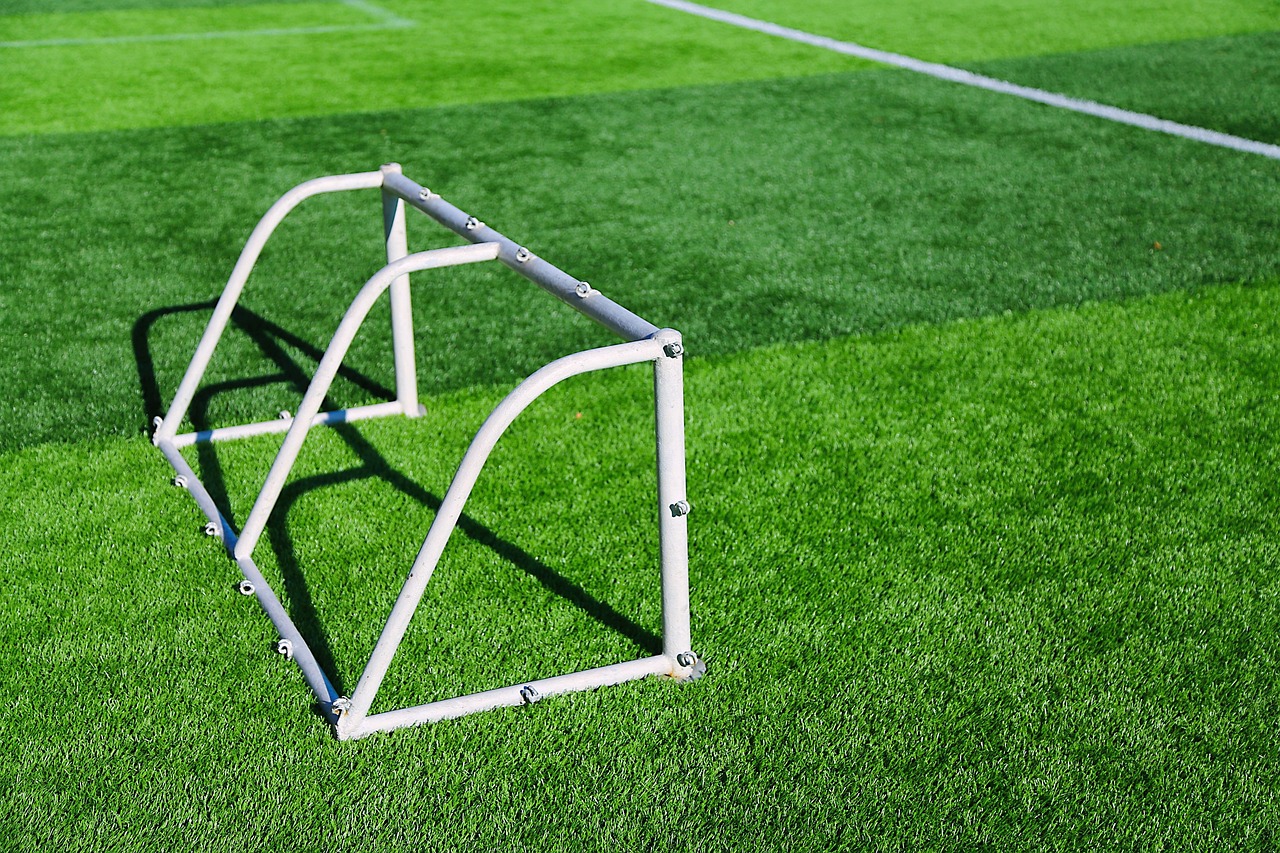
Regular Safety Inspections
When it comes to ensuring the safety of our children at playgrounds, are not just a good idea—they're essential. Think of it like checking the oil in your car; neglecting it could lead to a breakdown at the worst possible moment. Similarly, playground equipment requires consistent monitoring to prevent accidents and ensure that children can play freely and safely. Regular inspections help identify potential hazards, such as loose bolts, rusted parts, or even the wear and tear on the surfaces where children play.
One of the key aspects of these inspections is understanding what to look for. Inspectors should be trained to recognize the signs of wear and damage. For example, swings with frayed chains or slides with sharp edges can pose serious risks. By conducting thorough inspections, we can address these issues before they lead to injuries. It’s not just about looking for visible problems; it’s also about assessing the overall condition of the equipment and the play area.
To make the inspection process more effective, it can be helpful to develop a checklist that outlines the critical elements to examine. This checklist can include:
- Condition of playground equipment (swings, slides, climbing structures)
- Safety surfacing integrity (rubber mats, sand, etc.)
- Overall cleanliness of the playground area
- Accessibility for children of all abilities
By using a checklist, playground supervisors can ensure that no detail goes unnoticed. It also helps in maintaining a consistent approach to safety across different playgrounds. Regular inspections should ideally be conducted on a weekly or bi-weekly basis, depending on the playground's usage and the weather conditions. After each inspection, it’s vital to document the findings and any actions taken. This record not only helps in tracking the history of maintenance but also provides valuable insights for future inspections.
Moreover, involving the community in these inspections can foster a sense of ownership and responsibility among parents and caregivers. When they see that playground safety is a priority, they will be more likely to report any issues they notice. This creates a collaborative environment where everyone plays a part in ensuring that our children have a safe place to enjoy their childhood.
In conclusion, regular safety inspections are a cornerstone of playground safety. By being proactive and diligent, we can significantly reduce the risk of accidents and create a vibrant, secure environment for our children to explore and enjoy. Remember, safety isn’t just a checklist; it’s a commitment to our children’s well-being.
- How often should playground inspections be conducted? Inspections should ideally occur weekly or bi-weekly, depending on usage and weather conditions.
- What should I do if I notice a safety issue? Report it immediately to the playground supervisor or local authorities to ensure it can be addressed promptly.
- Are there specific guidelines for playground safety inspections? Yes, there are national and local guidelines that outline the safety standards for playground equipment and surfaces.
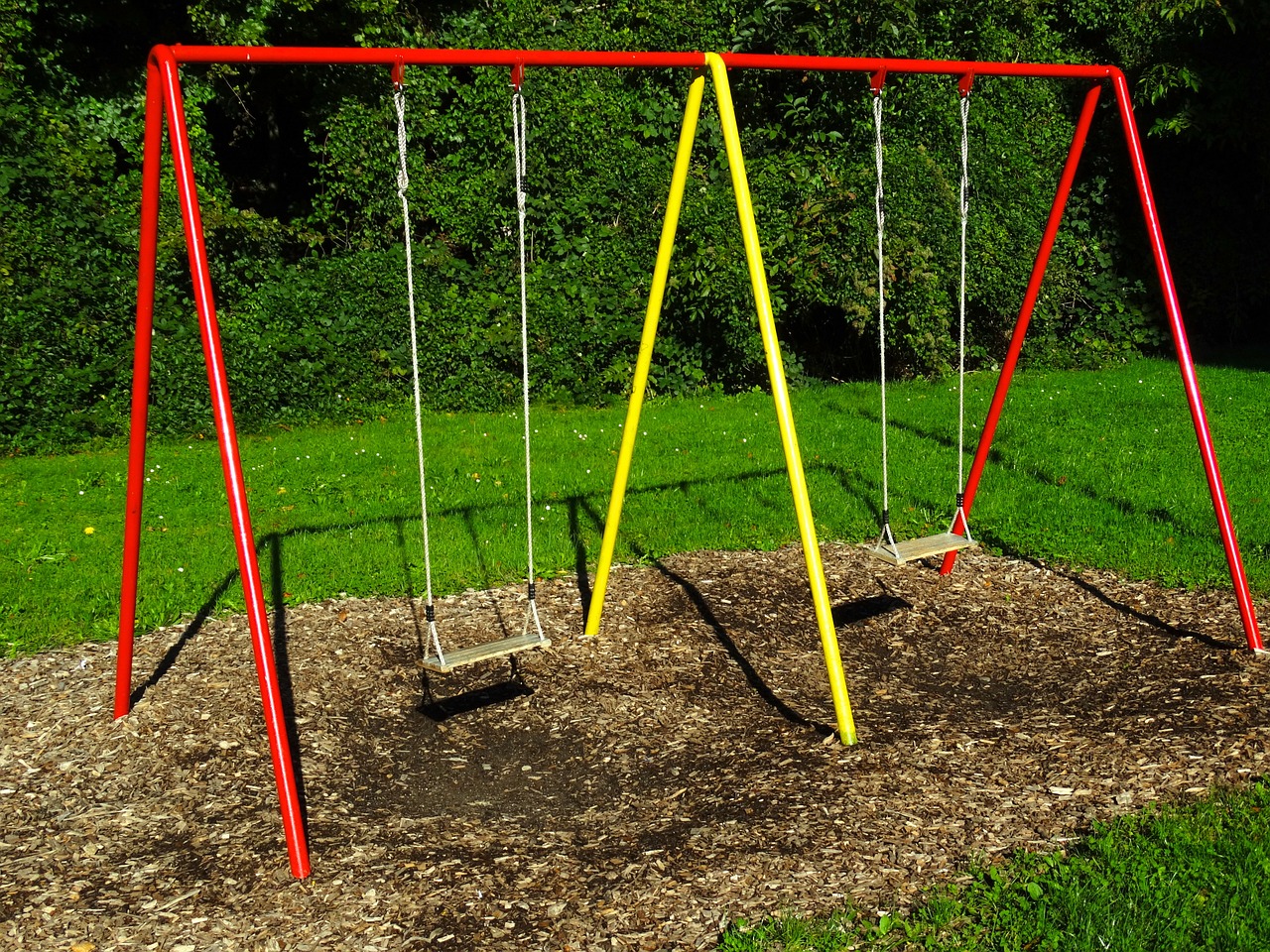
Creating a Safety Checklist
Creating a comprehensive Safety Checklist is an essential step in ensuring that playgrounds remain safe and enjoyable for children. This checklist serves as a reliable tool for parents, caregivers, and playground supervisors to regularly assess the safety of the equipment and surrounding areas. By having a structured approach, it becomes easier to identify potential hazards before they lead to accidents. So, what should be included in this checklist?
First and foremost, the checklist should encompass a thorough evaluation of the playground equipment itself. This includes checking for any visible signs of wear and tear, such as rust, sharp edges, or broken components. Regular inspections can help catch these issues early, allowing for timely repairs or replacements. Additionally, it’s important to ensure that the equipment is age-appropriate. For instance, swings designed for toddlers should not be accessible to older children who might misuse them.
Another crucial aspect to consider is the landing surfaces. As previously mentioned, the type of material used for landing surfaces can significantly impact safety. The checklist should include assessments of the condition of these surfaces, ensuring they are free from debris and adequately maintained. For example, rubber mats should be intact and not showing signs of deterioration, while sand should be at the appropriate depth to provide adequate cushioning.
Moreover, the checklist can also include a section for supervision practices. Active adult supervision is vital for playground safety. The checklist should remind adults to keep a close eye on the children, especially during busy playtimes. Are there enough adults present to monitor the activities? Are they aware of the safety rules that need to be enforced? Addressing these questions can help foster a safer environment.
To make this checklist even more effective, it can be beneficial to categorize the items into sections. Here’s a simple example of how you might structure it:
| Checklist Category | Items to Inspect |
|---|---|
| Equipment Condition | Check for rust, sharp edges, and broken parts. |
| Age Appropriateness | Ensure equipment is suitable for the age group using it. |
| Landing Surfaces | Inspect for debris, proper depth, and material integrity. |
| Supervision | Confirm adequate adult presence and awareness of safety rules. |
In conclusion, a well-structured safety checklist is not just a formality; it’s a proactive measure that can significantly enhance the safety of playgrounds. By regularly reviewing and updating this checklist, you can create a culture of safety that benefits everyone involved. Remember, safety is a shared responsibility, and with the right tools, we can ensure that children enjoy their playtime without unnecessary risks.
- What should I do if I notice a safety issue at a playground? - It’s essential to report any safety concerns to the appropriate authorities or playground management immediately. Prompt reporting can prevent accidents and ensure that necessary repairs are made.
- How often should playground equipment be inspected? - Regular inspections should be conducted at least once a month, but it’s advisable to check more frequently, especially after severe weather or high usage periods.
- Are there specific guidelines for playground safety? - Yes, there are national and local safety standards that outline the requirements for playground equipment and safety practices. Familiarizing yourself with these can help ensure compliance.
- Can I create my own safety checklist? - Absolutely! Tailoring a checklist to your specific playground and its usage can be very effective. Just make sure to include all critical aspects of safety.
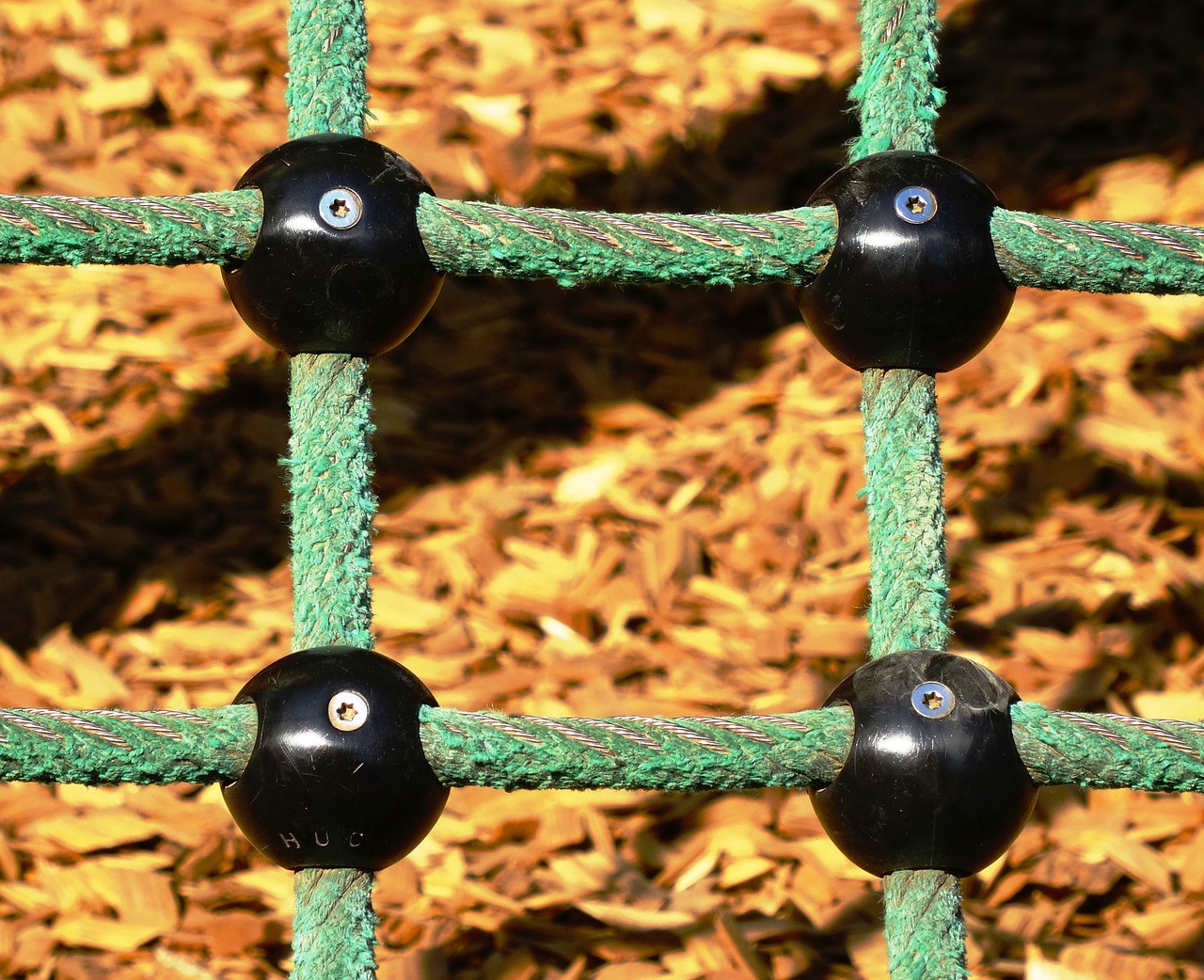
Reporting Safety Issues
When it comes to playground safety, communication is key. Parents, caregivers, and even children should feel empowered to report any safety issues they encounter. This proactive approach not only helps to address immediate concerns but also fosters a culture of safety within the community. Imagine a playground where everyone is vigilant and feels responsible for the well-being of all children. It’s like having a neighborhood watch, but for playtime!
To effectively report safety issues, it’s important to know the right channels. Most playgrounds have designated personnel or management teams responsible for maintenance and safety inspections. When you notice something amiss, whether it’s damaged equipment or hazardous conditions, reach out to them directly. This could be through a simple conversation, a phone call, or even an email. Don't underestimate the power of a well-documented report. It can serve as a valuable record that may lead to quicker resolutions.
Here are a few tips to ensure your report is as effective as possible:
- Be Specific: Clearly describe the issue you’ve observed. Is a swing chain broken? Is there sharp debris on the ground? The more detail you provide, the easier it will be for management to address the problem.
- Include Location: Specify where the issue is located. If it’s a large playground, mention the specific area or equipment.
- Follow Up: After reporting, don’t hesitate to check back in to see if the issue has been resolved. It shows that you care and helps keep safety a priority.
Encouraging a culture of reporting can be a game-changer. When parents and caregivers are actively involved, it creates a safer environment for our children. Moreover, when children see adults taking safety seriously, they learn to value it themselves. This is crucial because kids often play hard and fast, and being aware of their surroundings can help prevent accidents.
Ultimately, reporting safety issues isn’t just about fixing problems; it’s about creating a community that prioritizes the safety and enjoyment of our children. So the next time you’re at the playground and notice something that doesn’t seem right, remember: your voice matters. Together, we can ensure that playgrounds remain a safe haven for fun, laughter, and growth.
Here are some common questions regarding playground safety and reporting issues:
- What should I do if I notice a safety hazard?
Report it immediately to the playground management or local authorities, providing as much detail as possible. - How can I encourage other parents to report safety issues?
Start by discussing the importance of safety and sharing your own experiences. Create a community group that focuses on playground safety. - Are there specific safety standards for playgrounds?
Yes, there are national and local safety standards that playgrounds must adhere to, which can vary by location.
Frequently Asked Questions
- What are the key safety standards for children's playgrounds?
Understanding playground safety standards is crucial. Familiarize yourself with both national and local guidelines that ensure equipment is safe and suitable for various age groups. This knowledge can significantly reduce the risk of accidents and injuries.
- How can I choose safe playground equipment?
When selecting playground equipment, opt for items made from high-quality materials that are durable and designed for specific age groups. Always look for equipment that meets safety standards to enhance the overall safety of the playground.
- Why are soft landing surfaces important?
Soft landing surfaces, like rubber mats or sand, play a crucial role in playground safety. They help cushion falls, which can prevent serious injuries. Investing in these surfaces is vital for creating a secure play environment.
- What types of landing surfaces are available?
There are various types of landing surfaces, including grass, sand, rubber mats, and mulch. Each type offers different levels of safety, maintenance requirements, and costs. Your choice should depend on your budget, location, and how you intend to use the playground.
- How often should landing surfaces be maintained?
Regular inspection and maintenance of landing surfaces are essential to ensure they remain effective over time. This helps prevent hazards that could lead to accidents, making it necessary to check these surfaces frequently.
- Why is adult supervision important at playgrounds?
Active adult supervision is crucial for playground safety. Adults can monitor children's activities, intervene in potential conflicts, and ensure that safety rules are adhered to, creating a safer play environment for everyone.
- How can I conduct regular safety inspections?
Conducting regular safety inspections involves checking playground equipment for wear and tear, ensuring that all components are functioning correctly. It's important to have a systematic approach to identify potential hazards and maintenance needs.
- What should be included in a playground safety checklist?
A playground safety checklist should encompass all critical aspects of equipment and surrounding areas. This includes checking for loose parts, inspecting landing surfaces, and ensuring that safety signs are visible and intact.
- How can I report safety issues at the playground?
Encouraging parents and caregivers to report safety issues fosters a community approach to playground safety. Establish a clear communication channel, such as a dedicated email or phone number, to address concerns promptly and effectively.



















